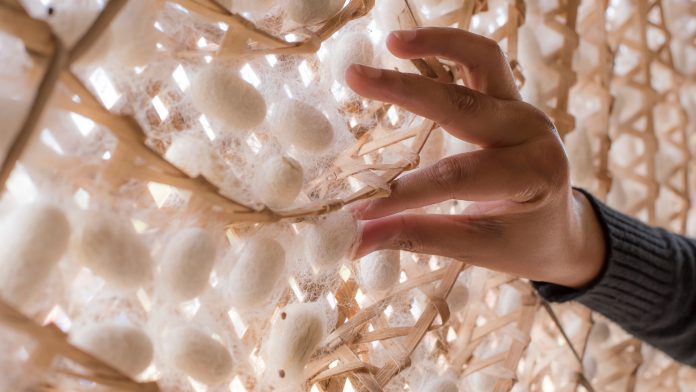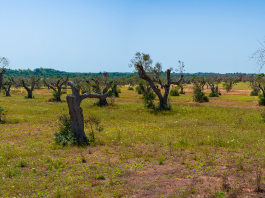A research team from Osaka University, Japan, has reprocessed silk into a biologically compatible component of bioinks, improving the structural fidelity of 3D printed hydrogels used in drug development and tissue regrowth.
The research team is in the early stages of using 3D cell printing technology to further innovation in drug development and tissue regrowth. In a recently published study in Materials Today Bio, the researchers discussed their use of silk nanofibers obtained by mechanical disintegration to enhance the printing process without damaging the cells. This development will help bring 3D cell printing research out of the laboratory and into real-world biomedical use.
To develop the fibres, the researchers removed the protein sericin from virgin silk, this is because sericin causes inflammation in patients. Next, they ground the remaining biocompatible material into nanofibres. The fibres can be sterilised to be used in tissue regrowth with common laboratory equipment, without causing damage.
Lead author, Professor Shinji Sakai of Osaka University’s Graduate School of Engineering Science, said: “Our silk fibres are excellent additives to bioink cell printing media. They are compatible with many media, such as those containing gelatine, chitosan, or hyaluronic acid, giving them a broad range of potential applications.”
Improving upon cell printing technology
The fibres ensure that the cells in the bioink retained their 3D positioning after printing without damaging the cells. They enhance the integrity of the bioink and minimise the damaging high mechanical stresses often placed on cells during printing. Sakai explains: “Various mechanical experiments say the same thing: the nanofibres enhanced the properties of the printing media. For example, Young’s modulus—a measure of stiffness—increased several-fold and remained enhanced for over a month.”
The fibres help printed configurations retain their structural integrity after printing. For example, a nose-shaped configuration retained its shape only when printed with bioink containing the silk fibres. Over 85% of the cells in the bioink remained alive after a week in the printed bioink with or without the added fibres, indicating that adding the fibres did not damage the cells.
Current cell printing technology often heavily damages cells or does not retain the intended shape for long. The research here helps overcome these limitations in a way that will help advance drug discovery, regenerative medicine, and many other ongoing high-impact biomedical research fields, and has the potential added economic benefit of reinvigorating the silk industry.









